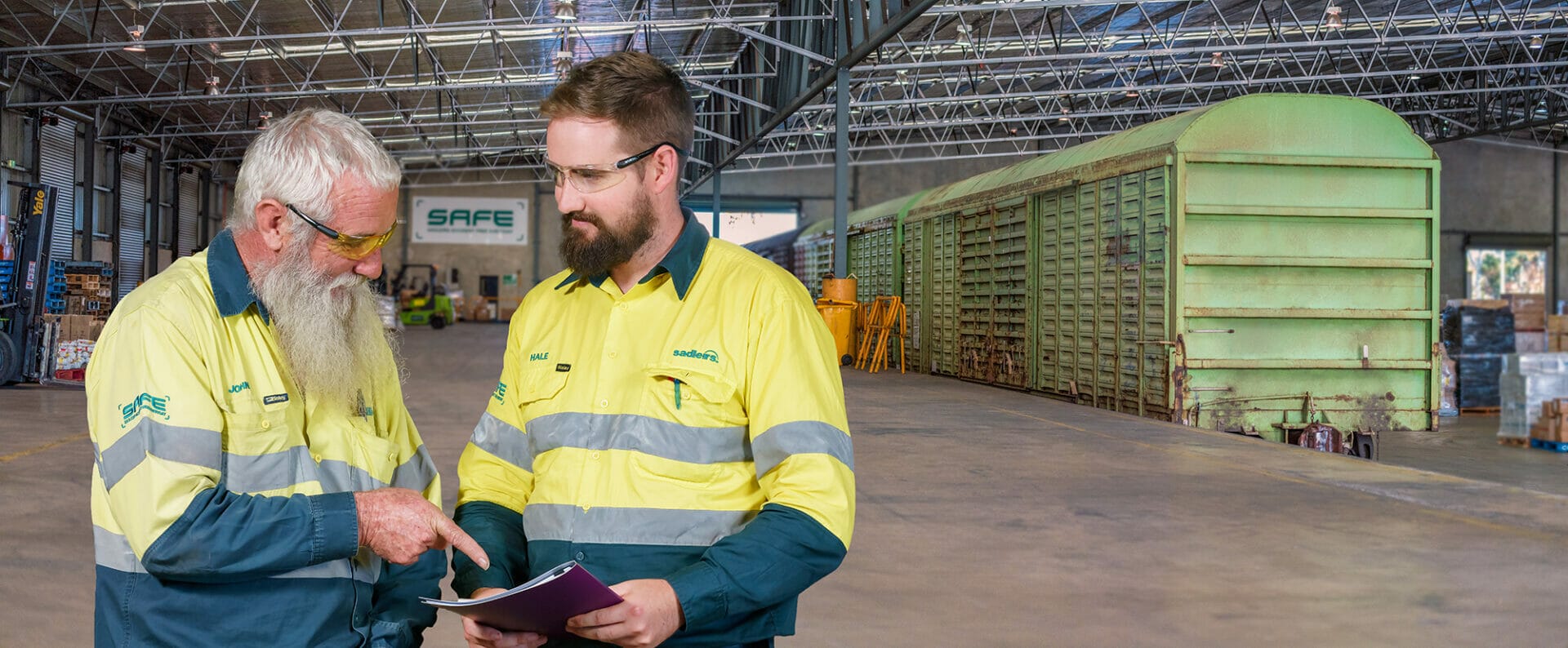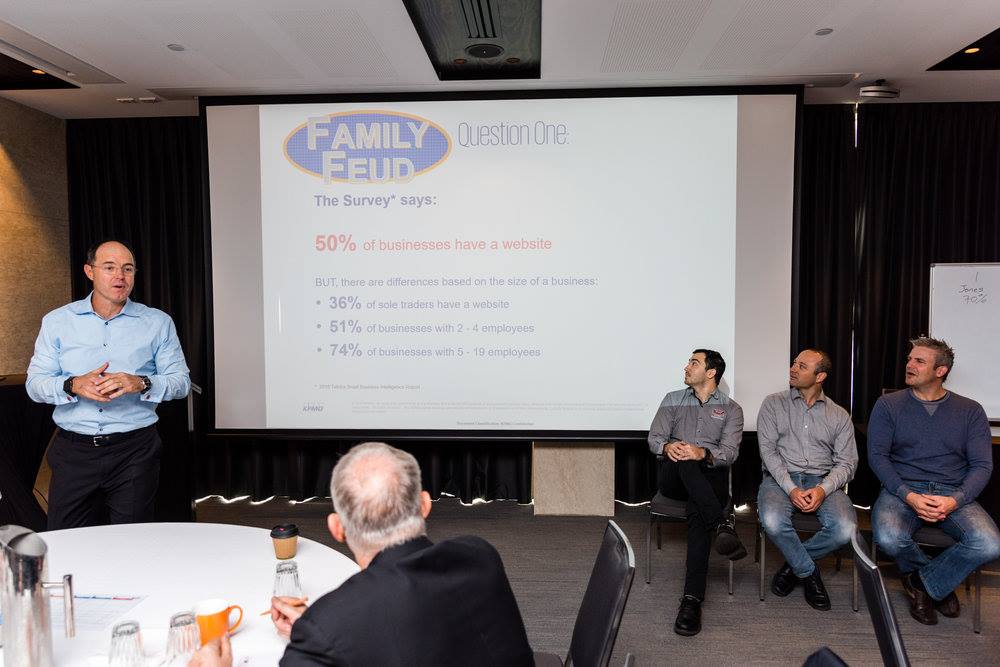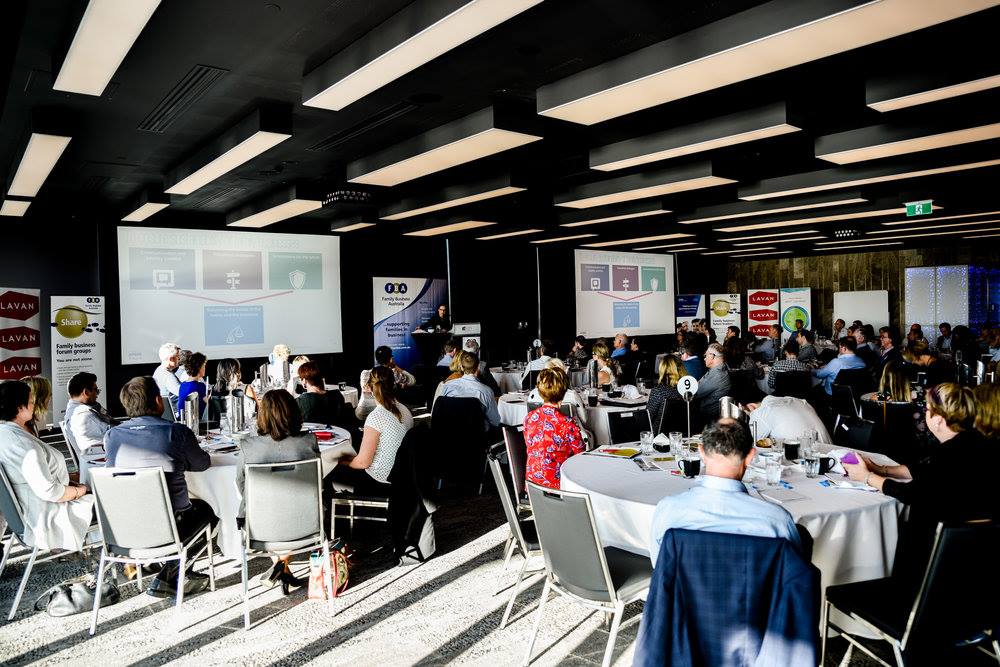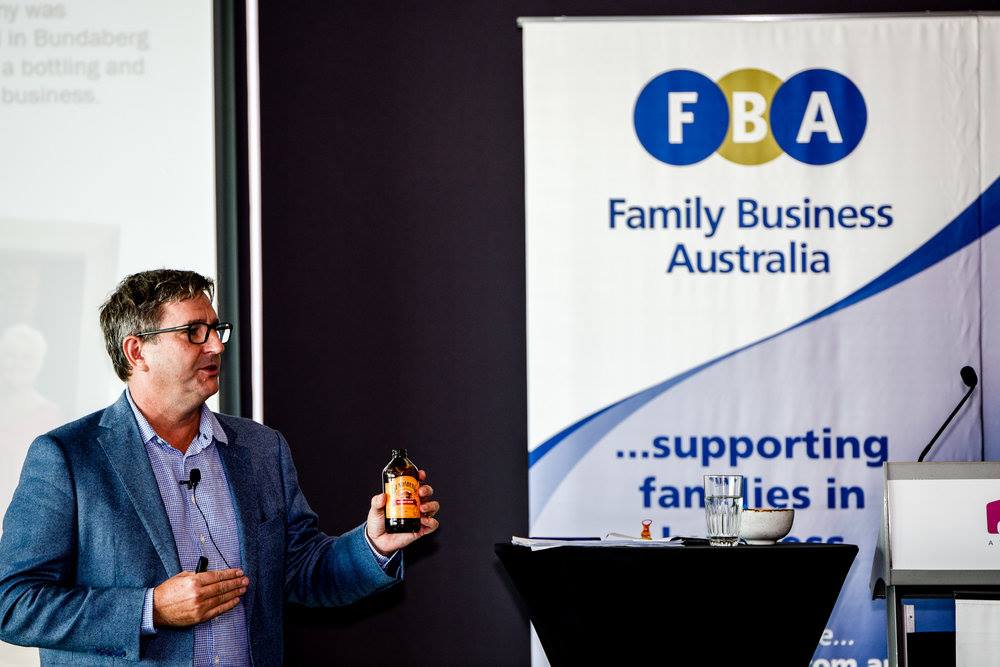Safety Share


One of the main effects of noise at work is noise-induced hearing loss. This can happen in two ways:
-
noise of very high peak levels (more than about 135-140 decibels (dB)) can cause immediate damage to the structures of the inner ear; or
noise of a lower level over an extended period of time can cause gradual damage.
Individuals vary in their susceptibility to noise damage. A ‘safe’ level to protect the most noise-sensitive people from any hearing loss during a working lifetime, would be an average over the work shift of about 75 dB(A). Noise can also contribute to other health effects such as increased blood pressure, stress and tinnitus (ringing in the ears). Safe levels to guard against these effects have not yet been determined and research is continuing. As a guide, stress can be reduced by keeping levels below 50 dB(A) in areas where people need to do work requiring concentration. Another effect of noise is difficulty communicating and hearing warning signals or other sounds needed to work safety. A ‘safe’ level in these situations will vary depending on the level of the signals and the hearing capabilities of the listeners.
Reducing noise levels is the way to go.
Reducing noise levels at the source provides the most effective way of protecting individual’s hearing. A reduction in noise of 3 dB(A), which seems small, is in fact the equivalent of halving the intensity of the noise. This would mean that the individual could work for twice as long at the reduced level and have the same daily personal noise exposure as before.
Reducing noise levels of loud machines and equipment.
Depending on the equipment/machine creating, noise can be reduced in several ways, such as:
Reducing noise levels of loud machines and equipment.
Depending on the equipment/machine creating, noise can be reduced in several ways, such as:
Sourcing quiet machinery and equipment
Maintaining machinery and equipment routinely
Reducing machinery and equipment vibration
Muffling engine and compressed air noise
Isolating the noise source in an insulated room or enclosure
Placing a barrier between the noise source and the yourself
Isolating the workers from the source in an insulated booth or room.
Personal Protective Equipment (PPE) to reduce exposure to noise.
Reducing exposure to noise using various types of PPE in the form of hearing protectors (earmuffs, ear plugs, semi-inserts) are not the best forms of protection because they rely on the individual being able and willing to use the equipment correctly. Failure to wear the hearing protectors correctly 100% of the time in excessive noise will significantly decrease the effective protection. The effectiveness of PPE used to reduce exposure to noise is also reliant on their condition and whether they fit correctly, which is particularly difficult if other PPE also needs to be worn. They can also fail or be inefficient without this being visibly obvious.
For all these reasons, hearing protectors are regarded as a last resort risk reduction measure, to be used only when all other practicable steps to reduce excessive noise have been taken.
Many common sounds may be louder than you think……
A typical conversation occurs at 60 dB – not loud enough to cause damage.
A bulldozer that is idling (note that this is idling, not actively bulldozing) is loud enough at 85 dB that it can cause permanent damage after only 1 work day (8 hours).
When listening to an iPod with stock earphones at a maximum volume, the sound generated can reach a level of over 100 dB, loud enough to begin causing permanent damage after just 15 minutes per day!
The average decibel level at a rock / pop concert is 110 dB – loud enough to cause permanent damage after 15 minutes.
Maximum noise levels at the movie theatre during a showing of Transformers recorded 133.9dBA – equivalent to the sound of a jet engine!
A clap of thunder from a nearby storm (120 dB) or a gunshot (140-190 dB, depending on weapon), can both cause immediate damage.
A common vacuum cleaner such as Henry 72 dB
Remember – Hearing loss is permanent and is not detected by the individual until after the damage has occurred to the inner ear.








